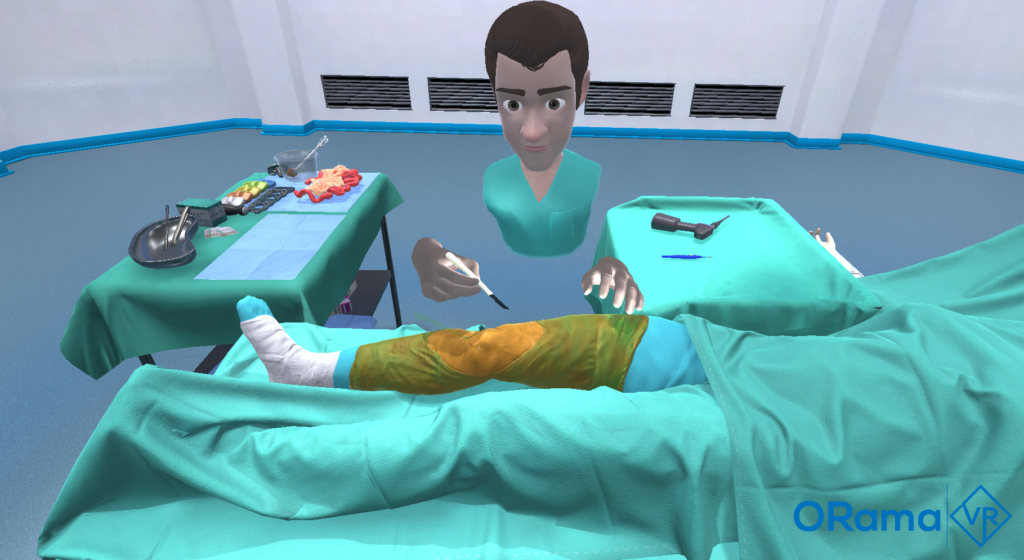
Researchers from Bern unveil a painless and reliable allergy test
4 May 2022

Researchers at the University of Bern and Inselspital, Bern University Hospital, have developed a novel test that massively simplifies the diagnosis of allergies and can reliably predict the success of a therapy.
Although allergies are widespread, their diagnosis is complex and, depending on the type of allergy, the prospects of success with therapy are not always clear. Skin tests so far have been unpleasant, time-consuming and associated with a certain risk of triggering an allergic overreaction.
Approximately one third of the world’s population suffers from one or more allergies, with the trend increasing every year. Allergic symptoms can range from redness and swelling of the skin, itching or shortness of breath to anaphylactic shock and death.
Diagnosing an allergy is complex: in addition to the medical history, test parameters of often unclear diagnostic value are taken into account and patients undergo skin tests. Allergies are treated with symptom control, in severe cases also with immunotherapy. Immunotherapy is not always successful: at present, there is no reliable method for predicting the chances of success before concluding such therapy.
A research group from the Department for BioMedical Research (DBMR) at the University of Bern and the Department of Rheumatology and Immunology of the Inselspital, Bern University Hospital, together with the Institute of Pharmacology at the University of Bern, has now developed an allergy test that greatly simplifies diagnosis and can reliably predict the success of immunotherapy.
For their novel allergy test, the researchers have developed a new in vitro cell culture which, with the help of a few molecular biological techniques, can generate almost any desired number of mature mast. In the test, these mast cells are brought into contact with blood serum from allergic individuals and then stimulated with the allergens to be tested. At this point, the activation of the cells can be quantified very easily and quickly using so-called flow cytometry.
Great potential for various applications
In order to be able to perform a large number of tests, the researchers have developed a high-throughput approach in which up to 36 conditions can be measured in a single test tube. “A trained person can already perform about 200 tests per day using this procedure, and the process will be further optimized,” explains DBMR’s Noemi Zbären, lead author of the study.
According to the researchers, the test also has great potential for monitoring therapeutic success and the duration of action for new allergy medications in clinical trials, as well as for determining possible allergic reactions and for quality control of food products.

